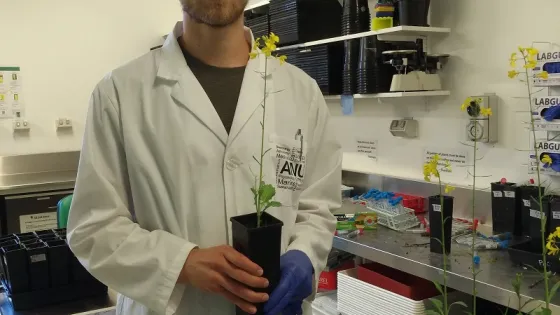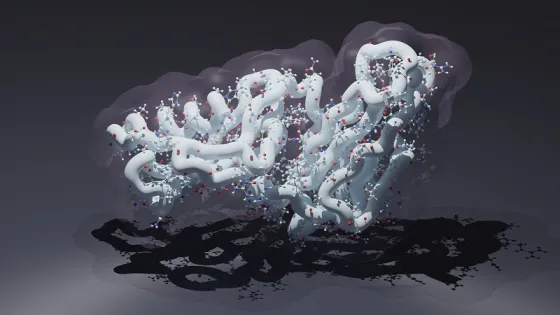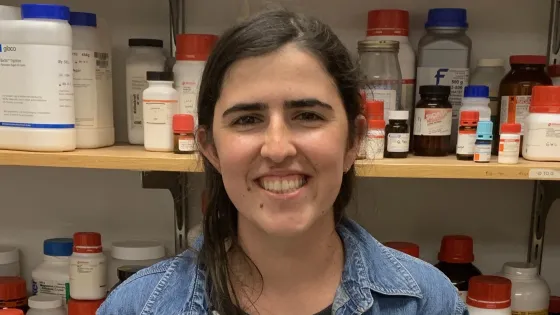Past events
This page lists RSB past events.

How do you estimate a good phylogeny? Phylogenetic trees form the backbone of much of our understanding of evolution, so it's important we try to get them right

One of society’s greatest challenges is sequestering vast amounts of carbon to avoid dangerous climate change without driving competition for land and resources.

Malaria is a major global health problem, with 247 million cases and 619,000 deaths estimated in 2021. Antimalarial drugs are critical for malaria treatment and eradication efforts.

Photosynthesis and leaf respiration are key metabolic processes for plant growth and their carbon exchange with the atmosphere are the largest within the global carbon cycle.

Fungal pathogens are the main causative agents of disease in plants. Fusarium oxysporum is a diverse fungal pathogen able to infect a wide plant host range.
In nature, animals contend with numerous abiotic and biotic environmental challenges simultaneously.

The enzyme Ribulose-1,5-bisphosphate Carboxylase/Oxygenase (RuBisCO) is responsible for the entry of atmospheric carbon into the biosphere during photosynthesis. Despite this key role, RuBisCO maintains several biochemical shortcomings, making it an attractive target for laboratory protein engineering.

Site-specific C-to-U RNA editing is a hallmark of plant organelle transcript maturation. Up to thousands of specific cytidines are converted into uridines in plant chloroplasts and mitochondria, with no evidence of editing activity in the cytosol.
